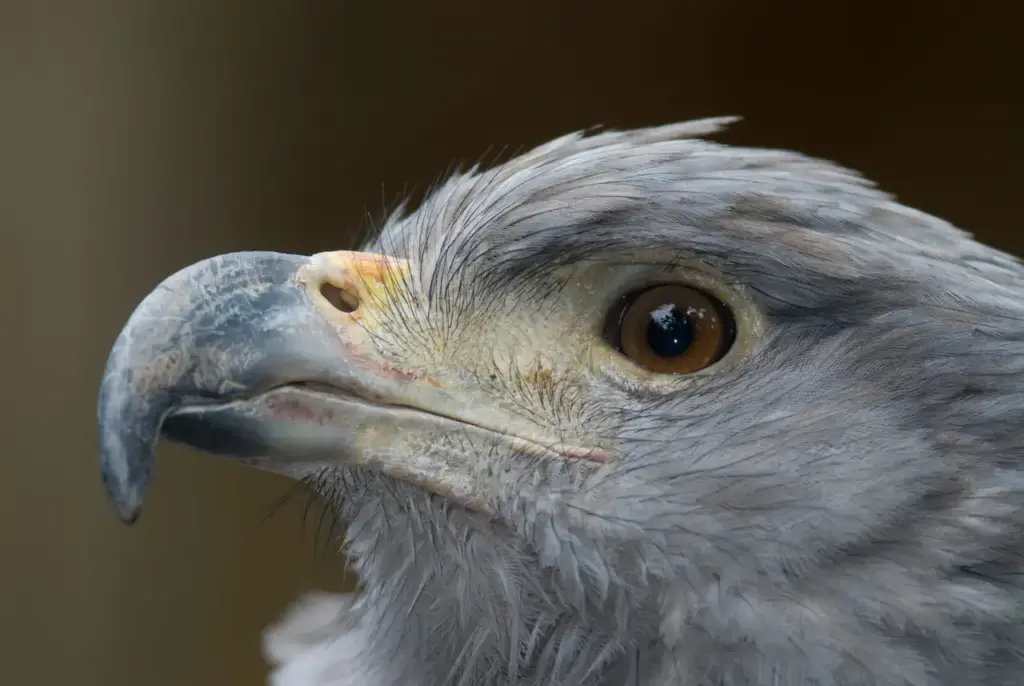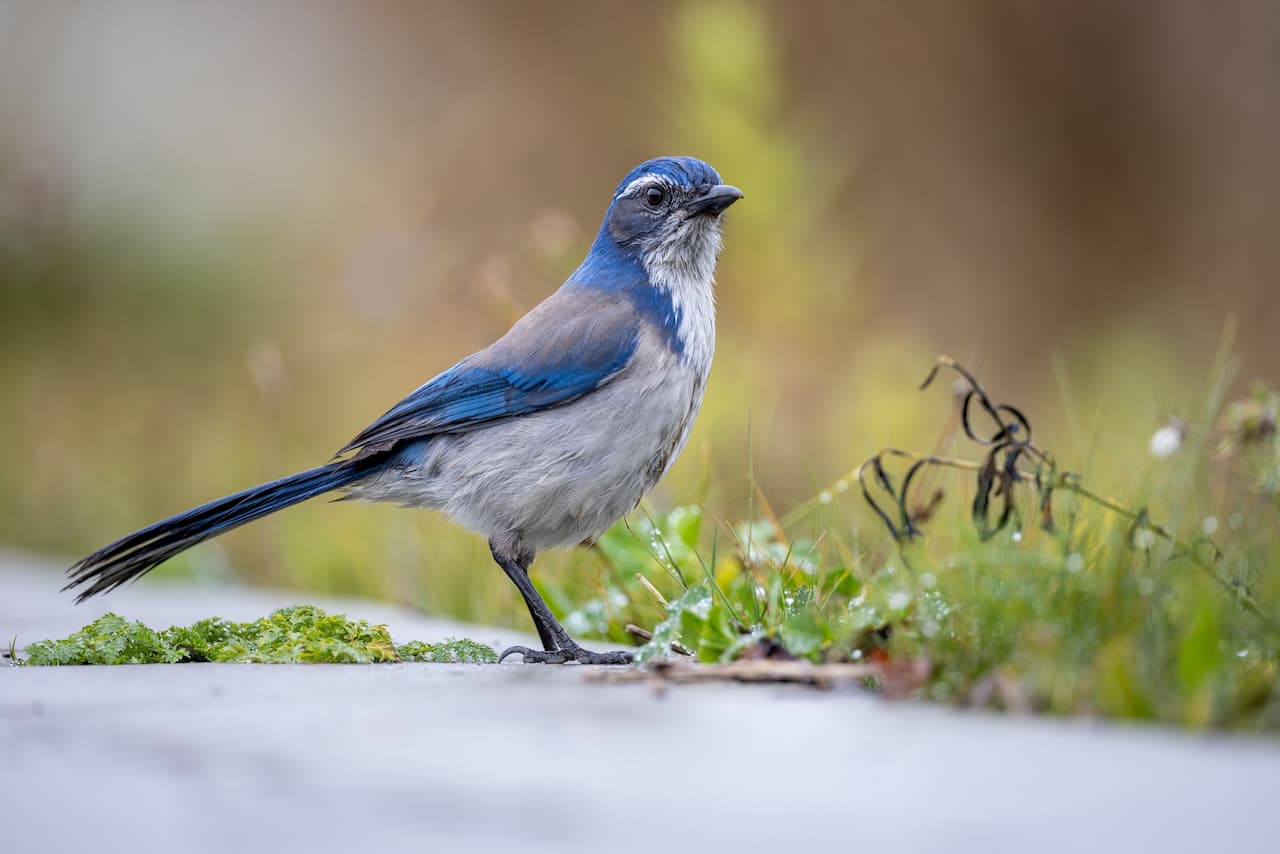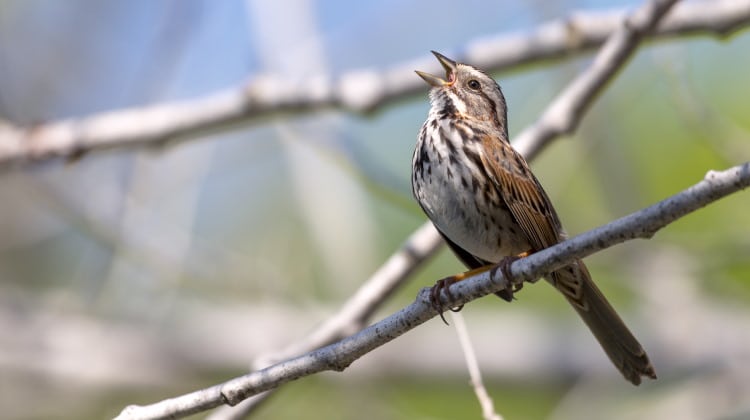The Solitary Eagles or Montane Solitary Eagle, Harpyhaliaetus solitarius, is a large Neotropical eagle.

Range and habitat
The Solitary Eagles is native to Mexico and Central and South America. It is found in mountainous or hilly forests.
The frequent reports from lowlands are usually misidentifications of another species, usually the Common Black Hawk; no reports from lowlands have been confirmed. It is rare in all areas of its range and poorly known.
Appearance
The adult Solitary Eagles is uniformly dark gray, often appearing black, with white markings on the tail. It is 63–76 cm (25 to 30 inches) long, weighs 3 kg (6.6 lbs), and has a 152–188 cm (60 to 74 inch) wingspan.
It appears very similar to the Common Black Hawk and Great Black Hawk, but is much larger and has significantly broader wings, extending nearly to the tip of the tail.
The exceptionally broad wings are one of the prime distinguishing characteristics of this species.
The juvenile is mottled brown and tan, with markings around the eyes. It otherwise resembles the adult.

Relationships
Recent studies have shown that the Solitary Eagle is closely related to the black-hawks. Therefore, it may not merit a separate genus.
References
- BirdLife International (2004). Harpyhaliaetus solitarius. 2006. IUCN Red List of Threatened Species. IUCN 2006. Retrieved on 09 December 2006. Database entry includes justification for why this species is near threatened
- Howell, Steve N.G., and Sophie Webb. “A Guide to the Birds of Mexico and Northern Central America.” Oxford University Press, New York, 1995. (ISBN 0-19-854012-4)
- Jones, H. Lee. Birds of Belize. University of Texas Press, Austin, Texas, 2003.





